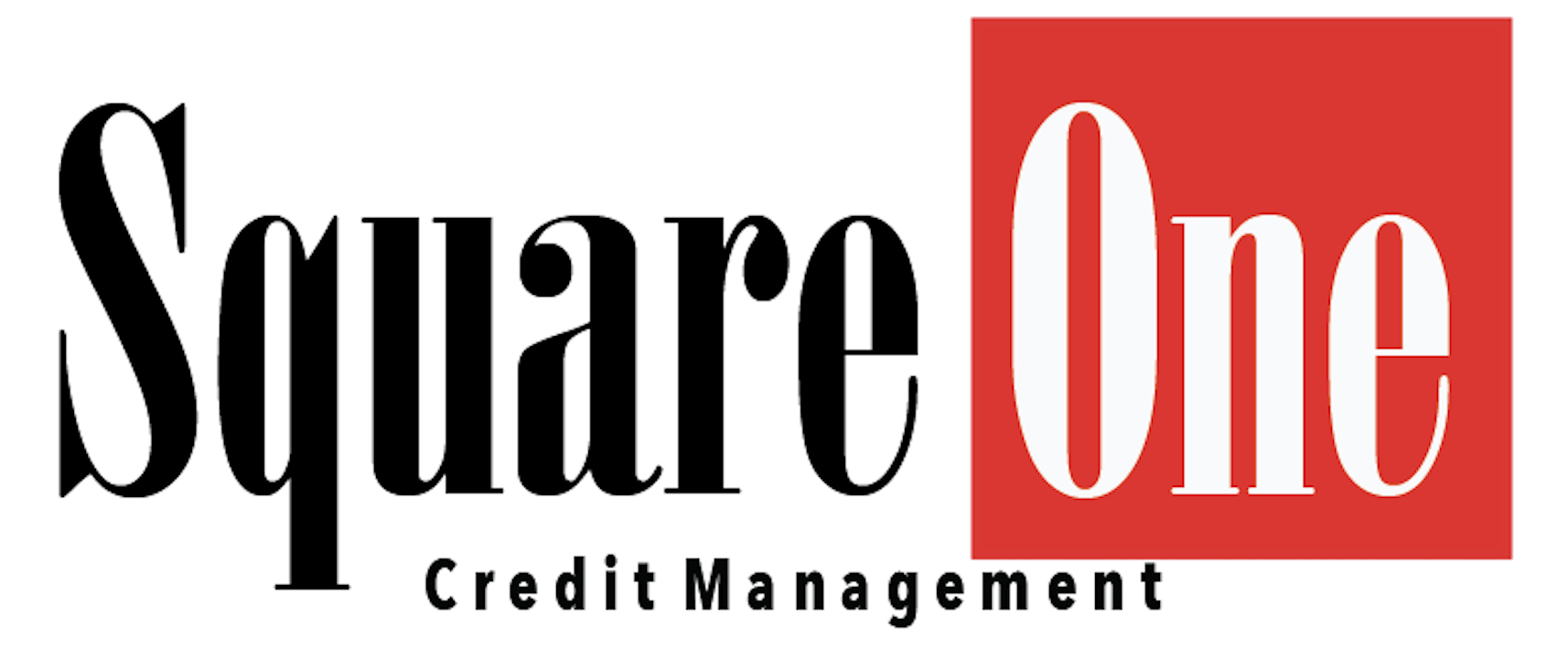
Buying vs. Leasing a Car with Bad Credit
If you are in the market for a new car, you may be wondering whether leasing or buying the vehicle is your best bet. Some people say that buying is always the right decision, while others swear that leasing is the only way to go. We think that the issue is not so black-or-white. For some people, buying is the right decision, while others may find leasing to be the more reasonable option.
Great Things About Leasing
One of the reasons that people love leasing cars is that you can get more car for your money when you lease. In a lease, you are basically paying for the projected difference in value between the car when you start the lease and when you end the lease. This generally results in lower down payments and significantly lower monthly payments than you would have with a traditional car loan. Leasing a car also means that you are not going to be “upside down” after years of payments, making it easy to move into a new vehicle at the end of the lease.
Great Things About Buying
The primary reason that people are fans of buying cars is that at the end of your payment period, you own the car. You can trade it in, you can sell it, you can drive it for another ten years; it is yours. You can also sell it before you finish paying off your initial loan, you just structure the sale so that your lender is paid back before you get any money. The consumer also has some additional negotiating power in a traditional sale because the dealership does not have to make its profit on the narrower margin between the initial sales price of the car and its resale value at the conclusion of the lease.
Not-So-Great Things About Leasing
While leasing offers lower payments and the ability to get new vehicles frequently, it has some downsides. The most obvious downside is that at the end of the lease period, you do not own the vehicle. There is no lull between periods with car payments if you go the leasing route. Leasing also limits how you can use your vehicle. Leases are limited by mileage and exceeding that mileage can cost you significant money at the end of the lease. In addition, any wear-and-tear on the vehicle can also cost you money.
Another negative thing about leasing is that you need to have good credit in order to qualify for a lease. Depending on the market and on the type of car you want to lease, your credit score should be at least 700. Anything under that is considered sub-prime, when the sub-prime range for most types of loans is 669 or lower. If you have fair or average credit, you may be able to assume someone else’s lease using a service such as Swapalease, but the credit requirements are still going to exclude most people with bad credit.
Not-So-Great Things About Buying
Vehicles have become ridiculously expensive in the last several years. The price tag is the main negative when it comes to purchasing a car. Even if you manage to snag an awesome no-interest financing deal for 60 months, the average purchase price for a new vehicle in 2020 is over $37,000, bringing monthly payments to $630.85. That is simply out-of-reach for many consumers.
While buying a car with bad credit is easier than leasing a car with bad credit, you have to really watch out for interest rates. They not only impact the total amount of money that you will spend, but also your monthly payment. For example, some lenders are charging 20% interest to super subprime buyers. That would mean $1002.82 a month in payments for the car we mentioned above, but, even more dramatic, it would mean spending over $22,000 in interest on the exact same vehicle.
Improve Your Credit to Improve Your New Car Experience
Whether you are planning to lease or buy your next new car, it is clear that the better your credit, the more options you will have. Taking the time to clear up any credit issues before you go to the dealership can increase your options and save you thousands of dollars. Square One Credit can help you with that process.
